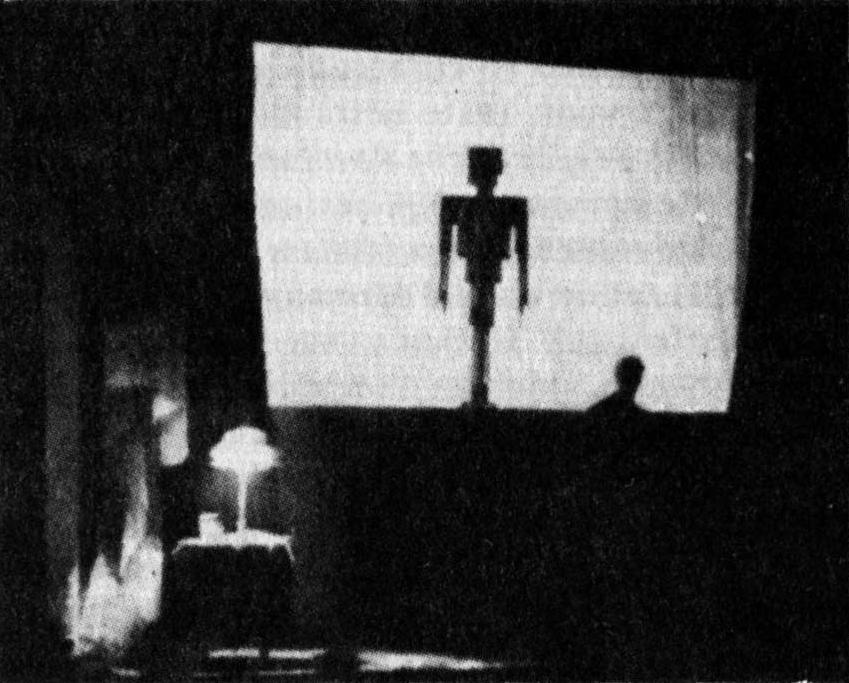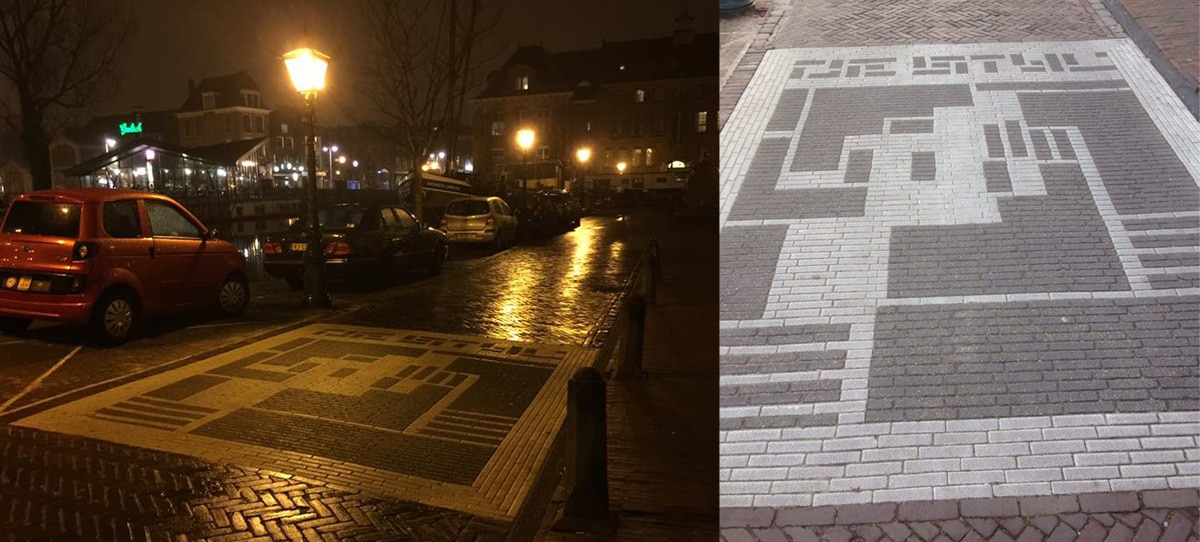Something with straight lines and planes and primary colours. We all get that far with De Stijl. But did you know that there was also Style music and a mechanical figure dancing to that, er, Style? Let's get things straight for the Mondrian to Dutch Design-exhibitions season begins.
1. Mondrian was not the great man of De Stijl
Piet Mondrian is the most famous Style artist. Known for the apple tree that became increasingly abstract and, much later, his jazzy Victory Boogie Woogie he is considered the movement's figurehead. But De Stijl was not actually a movement, but a magazine that existed from 1917 to 1928. The apple trees are from before that and the Victory from after.
And the central figure in De Stijl was not Mondrian, but Theo van Doesburg. Doesburg regulated everything, sometimes to the point of dictatorship. Mondrian was an important member, though, as were Vilmos Huszár, J.J.P. Oud, Bart van der Leck, Jan Wils, Robert van 't Hoff, Georges Vantongerloo and Gerrit Rietveld.
2. Mondrian and Rietveld never met
Van Doesburg coordinated the magazine and pretended that De Stijl was a close-knit group. In reality, everyone had strong opinions of their own and several prominent figures never met.
3. Almost no one adhered to primary colours
De Stijl had established artistic principles. For instance, art had to consist of elementary forms, be asymmetrical and be made only in primary colours and grey/black. Not everyone did, including Van Doesburg himself. To keep up the appearance of unity, Van Doesburg later coloured black-and-white reproductions of otherwise coloured artworks in primary colours.
4. The Rietveld chair was uncoloured
The first version of the famous the Red and blue chair by Gerrit Rietveld was not red-black-blue-yellow, as we know it, but of unpainted dark wood. Many artists, including Paul Citroen, Charley Toorop and poet Til Brugman, ordered chairs from Rietveld with alternative colours such as white or sea green. It was not until 1923 that the Rietveld chair received its familiar Stijl colours.
5. Gerrit Rietveld was a communist
And Huszár, Wils and Van 't Hoff also adhered to communist ideals. Other members, on the contrary, wanted nothing to do with politics.
6. De Stijl also included music, literature and dance
Vilmos Huszár designed a mechanical dancing figure. This has been lost, but a copy of it is in the Gemeentemuseum Den Haag. Composer Jacob van Domselaer tried to capture the abstraction of De Stijl art in music. Van Doesburg's wife Nelly, under the name Pétro van Doesburg, played this music on the piano. This was done in sessions influenced by the absurdism of the Dada movement. Dadaists like Kurt Schwitters also often published poetry in the magazine.

7. De Stijl counted one woman
That one woman was not Nelly, but Truus Schröder-Schräder. She was later the client for the Rietveld-Schröder house in Utrecht, where the Style characteristics were implemented in both the architecture and the interior.
8. Mies van der Rohe was influenced by De Stijl
Architect Ludwig Mies van der Rohe often based his work on Style principles. Conversely, De Stijl itself was influenced by the architecture of H.P. Berlage. Jan Wils and J.J.P. Oud were both in contact with him years before Wils designed the Papaverhof in The Hague and Oud designed café De Unie in Rotterdam.
9. Louis Andriessen honours De Stijl in an opera
Louis Andriessen wrote a opera called The Matter. The third act of that opera is called The Style. The structure is based on Mondrian's Composition with red, yellow and blue.
10. Leiden honours Van Doesburg in pavement, The Hague at city hall
In front of the door of Van Doesburg's former studio at Kort Galgewater 3 in Leiden, the De Stijl logo is executed in decorative paving. In 2009, Leiden temporarily placed a never-executed fountain design by Van Doesburg on the Stationsplein: Square in Square. Leiden has another work of art reminiscent of De Stijl: The two squares by El Lissitzky at the former flour mill. Lissitzky, however, was not officially a Stijl member.
In the current Style year, some facades of the Hague city hall in Mondrian colours repainted. Read more about the citydressing of The Hague and how the Gemeentemuseum views it.

